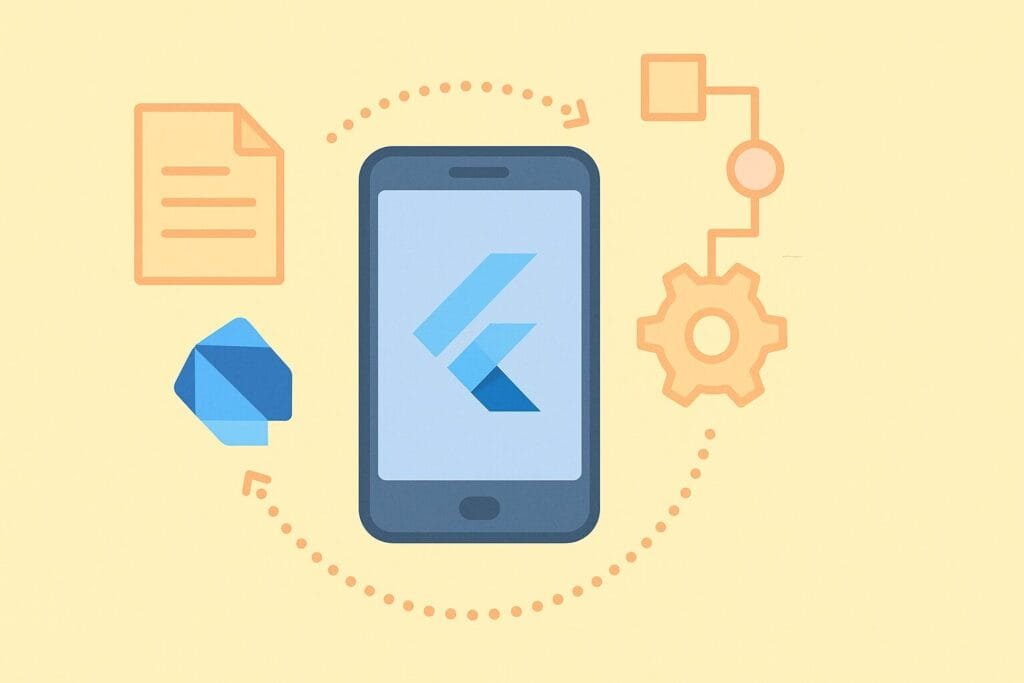State management is one of the most critical aspects of building robust and scalable Flutter applications using the Dart programming language. In Flutter, everything is a widget, and managing the state of these widgets efficiently ensures smoother user experiences and cleaner code architecture.

There are several state management approaches in Dart and Flutter, such as:
- setState() — the simplest built-in method.
- Provider — widely used due to its simplicity and integration with Flutter’s widget tree.
- Riverpod — a modern, robust alternative to Provider.
- Bloc (Business Logic Component) — ideal for large and complex applications.
- GetX — lightweight and reactive, great for quick development cycles.
Here’s an example of using Provider for state management:
import 'package:flutter/material.dart';
import 'package:provider/provider.dart';
void main() {
runApp(
ChangeNotifierProvider(
create: (_) => CounterModel(),
child: MyApp(),
),
);
}
class CounterModel extends ChangeNotifier {
int _count = 0;
int get count => _count;
void increment() {
_count++;
notifyListeners();
}
}
class MyApp extends StatelessWidget {
@override
Widget build(BuildContext context) {
final counter = Provider.of<CounterModel>(context);
return MaterialApp(
home: Scaffold(
appBar: AppBar(title: Text("Provider State Example")),
body: Center(
child: Text('Count: ${counter.count}'),
),
floatingActionButton: FloatingActionButton(
onPressed: counter.increment,
child: Icon(Icons.add),
),
),
);
}
}
Each approach has its strengths and use-cases. Beginners may start with setState(), while larger teams prefer scalable solutions like Bloc or Riverpod. For a deeper understanding of various state management techniques, refer to the official Flutter documentation.

